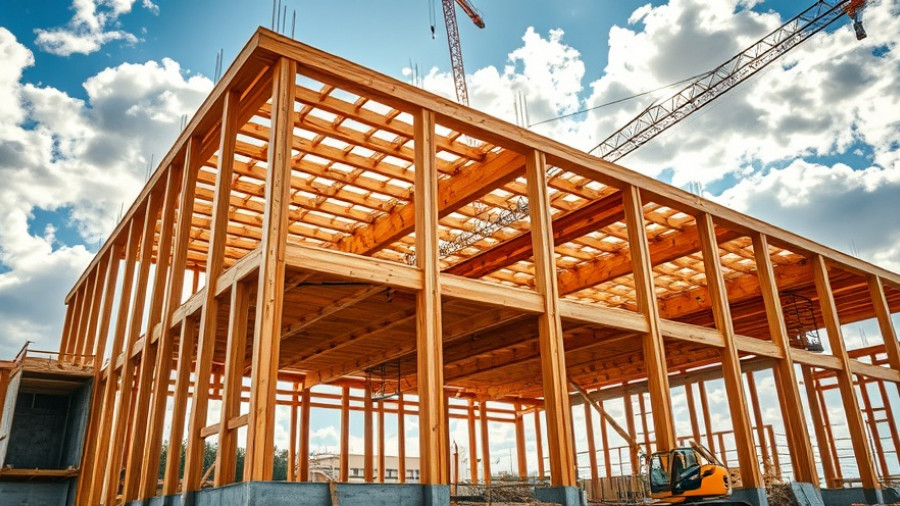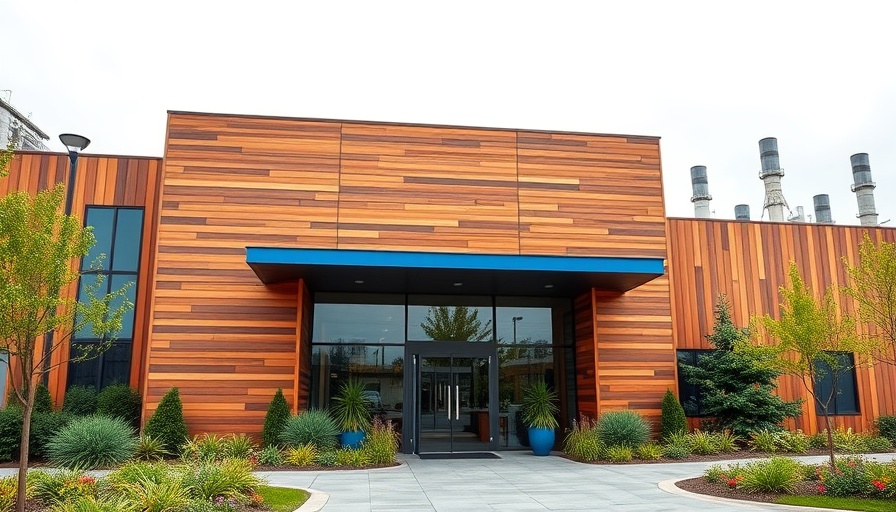
The Critical Role of Mentorship in Construction
The construction industry faces an unprecedented challenge: while the demand for skilled professionals has skyrocketed, the supply is lagging behind. With growing project complexities and new technological demands, the future leaders of construction need more than just technical skills—they require robust mentorship programs. Mentorship is a catalyst for developing critical thinking and problem-solving skills, and embracing this approach is vital for filling the talent gap in the construction sector.
Understanding the Mentorship Spectrum
To truly appreciate the value of mentorship, it's helpful to consider it as part of a broader development spectrum. Training typically focuses on imparting foundational skills and knowledge transfer. Following that, coaching hones these skills further, allowing professionals to apply what they have learned in various contexts. Mentorship, which sits at the "holistic" end of the spectrum, offers career guidance and life lessons tailored for navigating the multifaceted challenges inherent in the construction industry.
Long-Term Investment in People and Processes
In an industry where change is the one constant, mentorship serves as an investment in people and processes. Understanding the intricacies of construction—where every project can bring new challenges—requires more than formal training; it requires the insight and judgment developed through ongoing guidance. Companies that cultivate mentorship not only enhance their talent pool but also ensure that their future leaders emerge equipped to adapt and innovate amidst ever-evolving industry dynamics.
The Intersection of Leadership and Mentorship
According to industry reports, effective mentorship can foster a culture of leadership that prioritizes adaptability and proactive problem-solving. This leadership mindset is crucial as projects grow in scope and complexity, driven by demands for sustainability and innovative technology. Mentorship programs also encourage fluid communication, enabling emerging leaders to understand their roles within broader team structures better and promote decisive action during critical phases.
Practical Steps for Implementing Mentorship in Construction
Developing a successful mentorship program involves implementing strategic initiatives that promote structured yet flexible growth. First, companies should pair junior staff with senior professionals who embody the leadership qualities needed for tomorrow's challenges. Regular check-ins and feedback sessions can also ensure that mentorship is effective and evolves with the mentees’ needs. Lastly, fostering an organizational culture that values continuous learning will make mentorship a seamless component of professional development.
The Economic Impact of Enhanced Mentorship Programs
From a cost-benefit perspective, investing in mentorship can significantly enhance the economic resilience of construction firms. By building a cadre of skilled, adaptable leaders, companies reduce turnover and training costs while enhancing project delivery speed and quality. This strategic investment in talent is crucial as the industry navigates through a time where strategic foresight and adaptability are more valuable than ever.
For construction firms looking to remain competitive and meet the rising demands of the industry, enhancing mentorship programs is not merely an option; it is a necessity. As markets expand and project complexities increase, the future of construction will rely heavily on a profound understanding of mentoring practices that drive innovation, tailored leadership development, and sustainable growth.
By actively embracing these methodologies, business owners, property developers, and facility managers can bridge the gap between current market needs and the skills of future leaders in the construction domain.
 Add Row
Add Row  Add
Add 




Write A Comment